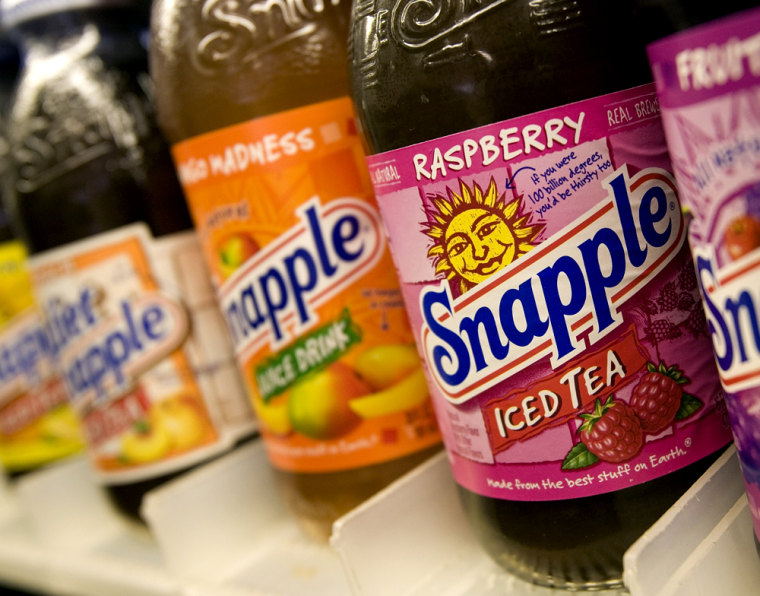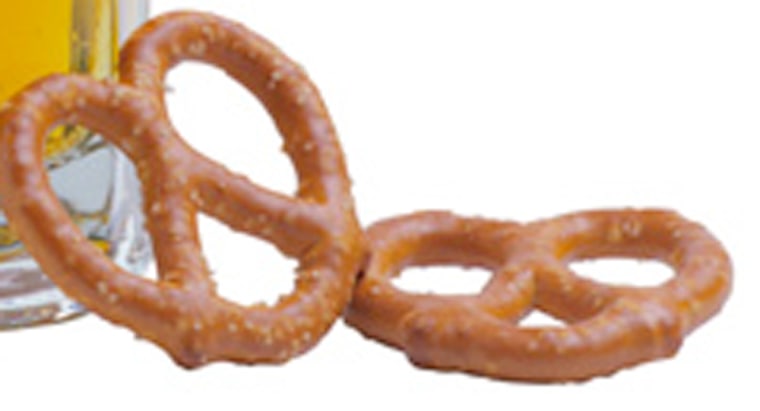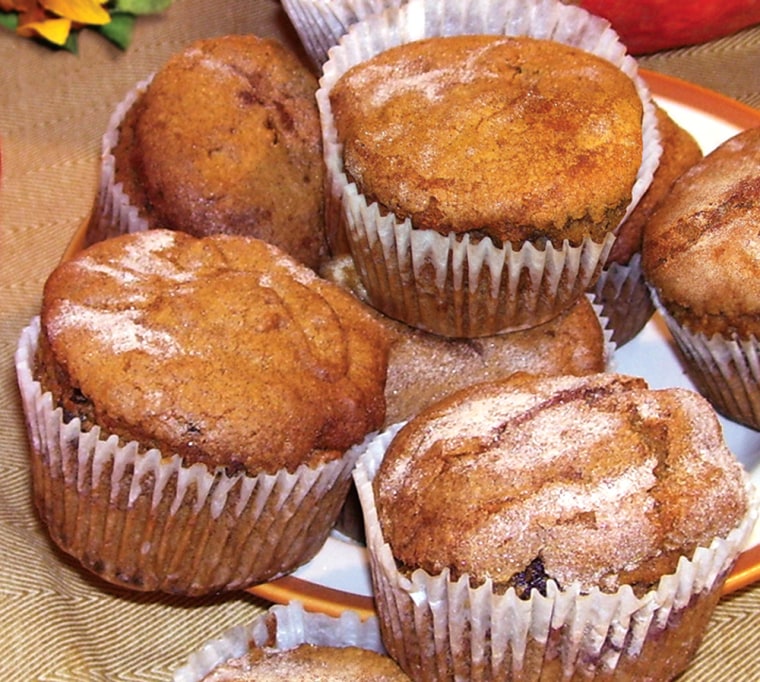Pick a fruit, any fruit, and you know it’s good for you. It’s the same with vegetables and many whole grain foods. They deserve their nutritional halos.
Some foods, however, have gotten the healthy nod, when they’re actually laden with fat, sugar or both.
Some of you may be scratching your heads, wondering, "you mean, frozen yogurt isn't good for me?"
Well, no. That's why you should always read the label. To save you some time, here are seven items that you may think are good snacks, but might be better left on the store shelf.
GRANOLA BARS
Granola bars got their wholesome, outdoorsy reputation as the mountain climber’s snack of choice. They’re filled with whole oats, nuts, seeds and bits of dried fruit — how could that be a bad thing?
The downside: Many granola bars are dipped in sugary syrups or loaded with chocolate chips, highly processed or artificial ingredients and aren’t much better than high-calorie candy bars. Even the less sugared-up varieties have only a little protein, a smidgen of fiber and a small amount of vitamins and minerals.
If you can’t resist: Make your own trail mix with whole-grain, ready-to-eat cereals, such as shredded wheat, with whole nuts, seeds and chunks of unsweetened, dried fruit. Otherwise, stick to bars with a short ingredient list, essentially whole grains, nuts, seeds and real fruit. Pick ones with 4 or more grams of fiber, less than 150 calories per serving and no more than 6 grams of added sugars.
TEA DRINKS
Tea has been lauded for its antioxidant power. The phytonutrients in tea leaves may not predict your future, but they may help reduce the risk of heart disease and stroke. Tea leaves can calm inflammation in the body and may slow the growth of cancer cells.

If you can’t resist: Brew your own beverage. Chill and flavor it with lemon and a small amount of sugar. If you pick a bottled tea, choose one that lists brewed tea as the first ingredient and no more than 4 grams of added sugars per serving. Studies have health benefits in those who drink 4 cups of brewed tea daily.
PRETZELS
They’re the go-to snack food for school kids. One serving of pretzels contains 1 gram of fat, compared to potato chips’ 10 grams.

If you can’t resist: Pick a whole wheat brand. Or, how about a handful of nuts, instead? They offer a variety of vitamins, minerals and phytonutrients, plus they pack some protein and fiber. Seeds, such as sunflower or pumpkin, are an option. Or try subbing-in any type of veggie sticks and a dollop of zesty dip.
MUFFINS
The name evokes a warm kitchen and homemade goodness. The bran or berry varieties give them the image of a nutritious breakfast.
The downside: The sheer size of today’s muffins. Years ago, one muffin was 150 to 170 calories, 5 grams of fat and about the size of a racquetball. Today, a muffin averages 500 calories, 20-plus grams of fat, and are closer to the size of a small planet.
If you can’t resist: Try a different kind of muffin — a whole-grain English muffin. Spread a light layer of peanut butter on a toasted half, and then top with fruit. That’ll set you back only about 150 calories, plus you’ll have some healthy nutrients to show for it. If you must have the baked variety, pick a small muffin or split one of the overgrown ones with a couple of friends. Opt for one that contains real fruit and is made from whole grain flour, corn meal or bran.
RICE CAKES
Low-fat, low-cholesterol, virtually tasteless – they must be good for you, right? After all, one lightly salted, large-sized cake contains a mere 40 to 50 calories, no fat and no cholesterol.
The downside: Light and airy describes their taste — and their nutritional content. You won’t find much on the nutrition facts label beyond calories and sodium. Even those that boast whole grains typically remove the germ, one of the more nutritious parts of a whole grain kernel. Flavored cakes only add fat, which can be the bad “trans” kind.
If you can’t resist: Choose a plain version, but add hummus spread and sliced veggies on top. A little peanut butter adds healthy protein.
FRUIT-FLAVORED SNACKS (gummies)
The packaging leads you to believe colorful fruits lie within. The extra vitamin C (some offering 100 percent of recommended daily amount) is a healthy bonus.
The downside: The first ingredient listed is a fruit, but it’s often a concentrate made from boiled-down juices fairly rich in sugar and lacking the phytonutrients and vitamins found in whole fruits. Added sugars overwhelm any of the fruit benefits. Plus, you’ll find plenty of additives, artificial ingredients and even hydrogenated oils, or trans fats, rounding out the list of ingredients.
If you can’t resist: There is no substitute for whole fruit. But that won’t always fly with the pint-sized crowd, so try dried fruit bites instead. There are several varieties such as apples, peaches and pears, perfect for smaller fingers. Fruit leathers are a good substitute because they’re usually made from whole fruit purees with no added sugars or complicated ingredients.
FROZEN YOGURTS
Yogurt is nutrient-rich. Live and active cultures are beneficial for the intestines and immune system.
The downside: Not all frozen yogurts are created equal. Some contain live, active cultures, others do not. Unless labeled fat-free, many frozen yogurts contain nearly the same amount of fat as a reduced-fat ice cream, as well as the same number of calories.
If you can’t resist: Find lower-fat frozen yogurts that have live, active cultures. Some brands carry the “Live & Active” seal from the National Yogurt Association which ensures the product contained a certain amount of beneficial bacteria when it was produced.
Susan Moores, R.D., is a nutrition consultant and spokesperson for The American Dietetic Association.
